Related Research Articles
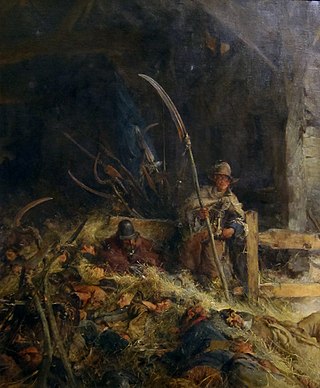
The Monmouth Rebellion, also known as the Pitchfork Rebellion, the Revolt of the West or the West Country rebellion, was an attempt to depose James II, who in February 1685 succeeded his brother Charles II as king of England, Scotland and Ireland. A group of dissident Protestants led by James Scott, 1st Duke of Monmouth, eldest illegitimate son of Charles II, opposed James largely due to his Catholicism.

Anthony Ashley Cooper, 1st Earl of Shaftesbury PC, FRS, was an English statesman and peer. He held senior political office under both the Commonwealth of England and Charles II, serving as Chancellor of the Exchequer from 1661 to 1672 and Lord Chancellor from 1672 to 1673. During the Exclusion Crisis, Shaftesbury headed the movement to bar the Catholic heir, James II, from the royal succession, which is often seen as the origin of the Whig party. He was also a patron of the political philosopher John Locke, with whom Shaftesbury collaborated with in writing the Fundamental Constitutions of Carolina in 1669.

George Digby, 2nd Earl of Bristol was an English politician and peer who sat in the House of Commons from 1640 until 1641, when he was raised to the House of Lords by a writ of acceleration. He supported the Royalists during the English Civil War, but his ambition and instability of character caused serious problems to himself and both Kings he served.

The Rye House Plot of 1683 was a plan to assassinate King Charles II of England and his brother James, Duke of York. The royal party went from Westminster to Newmarket to see horse races and were expected to make the return journey on 1 April 1683, but because there was a major fire in Newmarket on 22 March, the races were cancelled, and the King and the Duke returned to London early. As a result, the planned attack never took place.
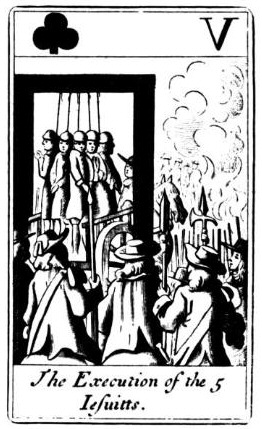
The Popish Plot was a fictitious conspiracy invented by Titus Oates that between 1678 and 1681 gripped the Kingdoms of England and Scotland in anti-Catholic hysteria. Oates alleged that there was an extensive Catholic conspiracy to assassinate Charles II, accusations that led to the executions of at least 22 men and precipitated the Exclusion Bill Crisis. During this tumultuous period, Oates weaved an intricate web of accusations, fueling public fears and paranoia. However, as time went on, the lack of substantial evidence and inconsistencies in Oates's testimony began to unravel the plot. Eventually, Oates himself was arrested and convicted for perjury, exposing the fabricated nature of the conspiracy.

William Russell, Lord Russell was an English politician. He was a leading member of the Country Party, forerunners of the Whigs, who during the reign of King Charles II, laid the groundwork for opposition in the House of Commons to the accession of an openly Catholic king in Charles's brother James. This ultimately resulted in Russell's execution for treason, almost two years before Charles died and James acceded to the throne.
William Parry was a Welsh courtier and spy. He planned to assassinate Elizabeth I of England, and was executed.
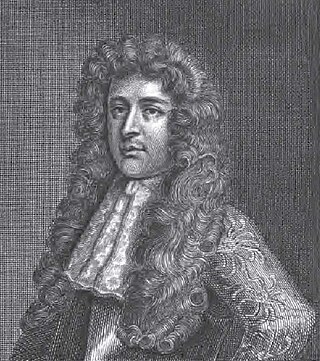
Sir Thomas Armstrong was an English army officer and Member of Parliament executed for treason.

Edward Colman or Coleman was an English Catholic courtier under Charles II of England. He was hanged, drawn and quartered on a treason charge, having been implicated by Titus Oates in his false accusations concerning a Popish Plot. He is a Catholic martyr, beatified by Pope Pius XI in 1929.

Richard Graham, 1st Viscount Preston PC was an English diplomat and politician who sat in the House of Commons in two periods between 1675 and 1689. He became a Jacobite conspirator, but his reputation in the Jacobite community suffered when he gave evidence against his co-conspirators in exchange for a pardon.
William Howard, 3rd Baron Howard of Escrick was an English Parliamentarian soldier, nobleman, and plotter.
Henry Cornish was a London alderman, executed in the reign of James II of England.
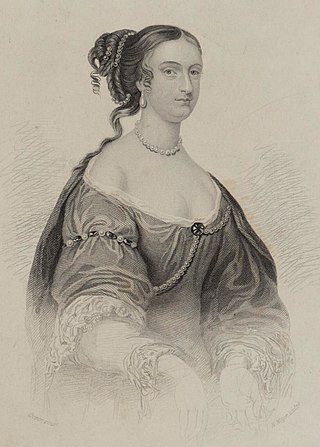
Rachel, Lady Russell was an English noblewoman, heiress, and author. Her second husband was William, Lord Russell, who was implicated in the Rye House Plot and later executed. A collection of the many letters she wrote to her husband and other distinguished men was published in 1773.

Sir William Sharington was an English courtier of the time of Henry VIII, master and embezzler of the Bristol Mint, member of parliament, conspirator, and High Sheriff of Wiltshire.

Sir Samuel Barnardiston, 1st Baronet (1620–1707) was an English Whig Member of Parliament and deputy governor of the East India Company. He was the defendant in some high-profile legal cases and involved in a highly contentious parliamentary election.
Sir Thomas Blount was a supporter of Richard II of England.
Thomas Nugent was an Irish Roman Catholic barrister who became Lord Chief Justice of Ireland under James II of Great Britain, and held a 1689 title as Baron Nugent of Riverston.
Richard Power, 1st Earl of Tyrone (1630–1690) was an Irish Jacobite nobleman.
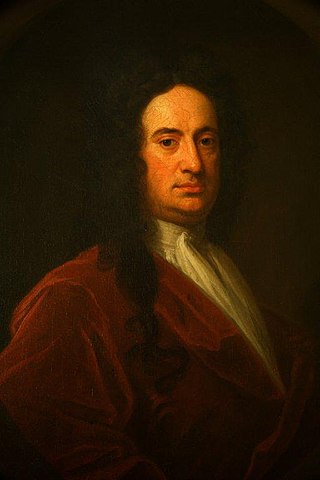
George Baillie was a Scottish politician who sat in the Parliament of Scotland from 1691 to 1707 and in the British House of Commons from 1708 to 1734.
Thomas Brooke (1533-1578), of Wandsworth, Surrey, was an English nobleman, privateer, conspirator, and briefly a member of parliament.
References
- Attribution
![]() This article incorporates text from a publication now in the public domain : Hunt, William (1891). "Holloway, James". In Lee, Sidney (ed.). Dictionary of National Biography . Vol. 27. London: Smith, Elder & Co.
This article incorporates text from a publication now in the public domain : Hunt, William (1891). "Holloway, James". In Lee, Sidney (ed.). Dictionary of National Biography . Vol. 27. London: Smith, Elder & Co.